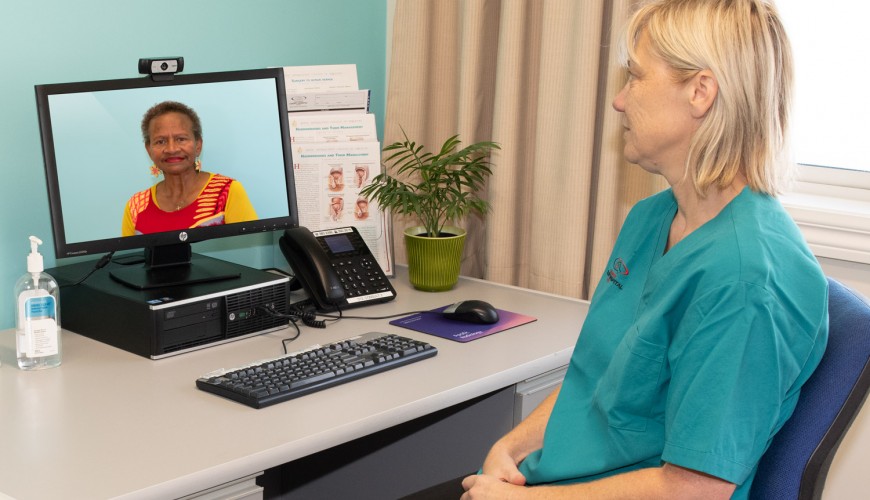Implementation of sustainable telehealth practices at MidCentral DHB

Organisation: MidCentral District Health Board
Date of project: August 2021
Update: Project completed
Telehealth was rapidly introduced across MidCentral DHB during the COVID-19 lockdown in March and April 2020. This enabled patient care to continue with clinicians when the lockdown restrictions were in place and travel was limited. In some services, this was an extension and expansion of current telehealth services, whilst in other services it was a completely new way of working. During this time, the proportion of patients that “did not engage” with outpatient appointments significantly reduced and many clinicians and patients liked this new way of interacting for appointments. There was a wish to leverage off the opportunities that were provided during March and April 2020 so that telehealth use would continue across the DHB as an alternative to in person consultations. As such a governance and project group was established to develop a clear telehealth policy for the DHB; develop guidelines to support clinicians; and assess and address barriers to telehealth implementation.
The key objectives of the governance group are to:
- Develop clear policies and guidelines on the implementation and use of telehealth at MidCentral DHB
- Achieve a consistent approach to determining appropriate modes of telehealth consultation or interaction based on patient need, clinician need and intent of consultation or interaction
- Enable all service users and those with lived experience of disability to have access to telehealth interactions that will meet their needs e.g. sensory, intellectual, mental health and physical impairment. This may include access to interpreters and devices to enable these activities. Furthermore, to greatly improve access for underserved and at risk populations including Maāori, Pasifika, Refugee, Rural and Elderly populations who are underserved
- Ensure telehealth technology is available to all clinicians that require it
- Achieve consistent administrative processes for booking telehealth appointments or interactions
- Provide consistent patient information on telehealth that meets patients' needs
- Identify to what extent the proposed activity (telehealth) will achieve improvements in equity and meet obligations as a Te Tiriti o Waitangi partner, there needs to be a recognition of existing barriers to health care and a readiness to utilise culturally appropriate resources within the telehealth context.
Progress to date:
- The telehealth policy and guidelines are out for consultation across the DHB
- digital equipment to support telehealth is being rolled out across the DHB
- A patient information sheet is being developed in colloboration with "Write" to ensure readability and accessibility for patients and their whanau
- A business case is being developed to establish community hubs in our district for patients to use if they have challenges accessing telehealth in their own homes/need additional support
- A patient and clinician survey of telehealth experience in the cancer service during 2020 has been undertaken and results are being collated - further evaluation of the use of telehealth across the DHB is yet to be undertaken.
If you would like more information about this project, please email us.
